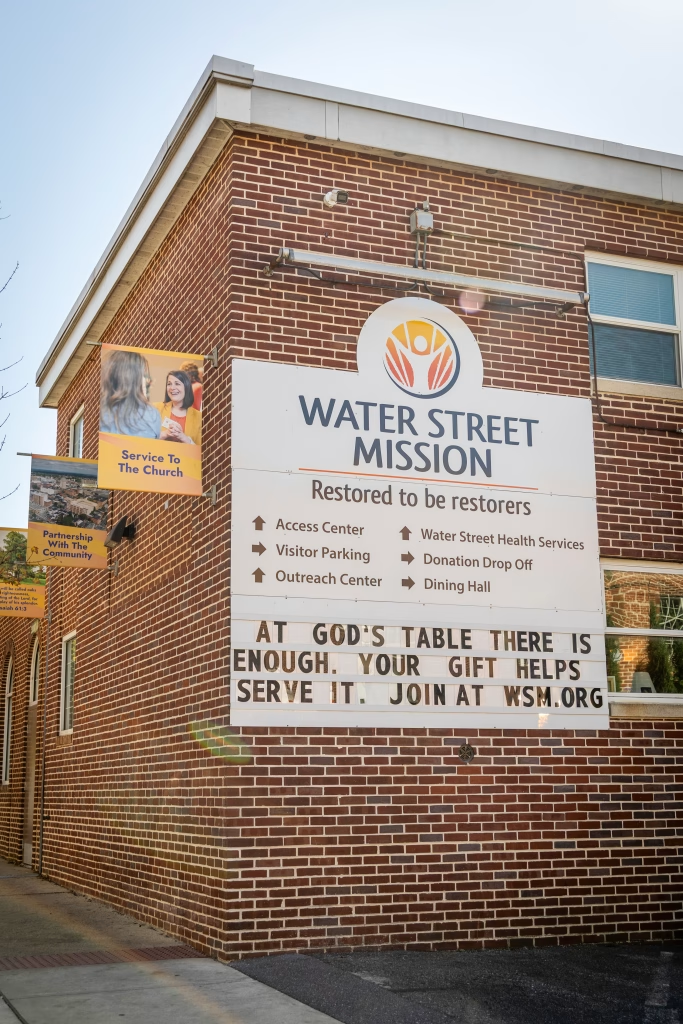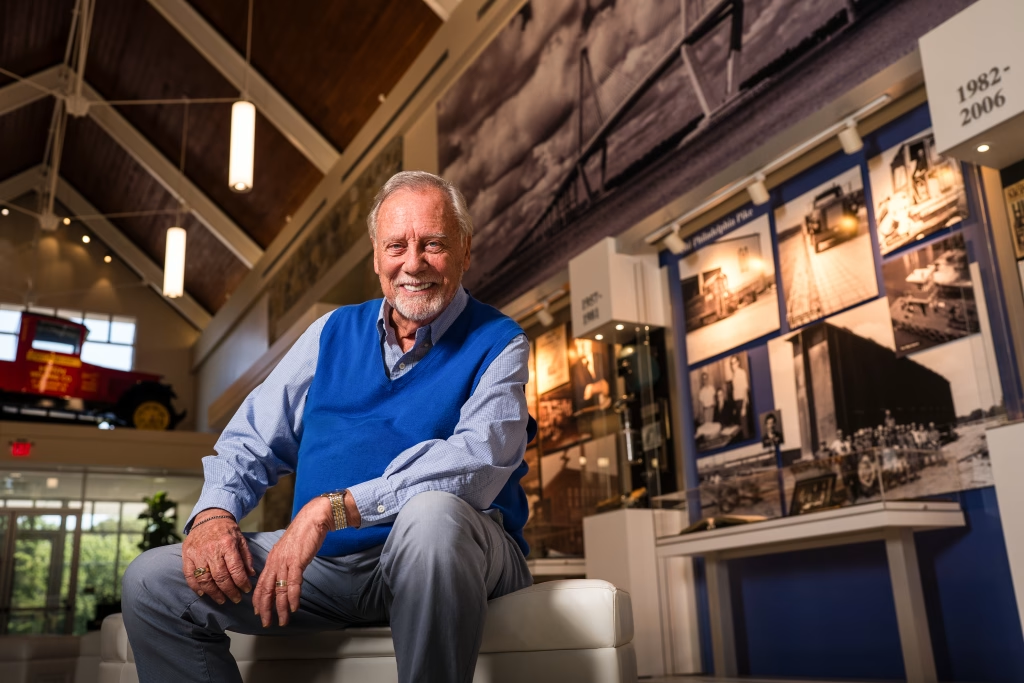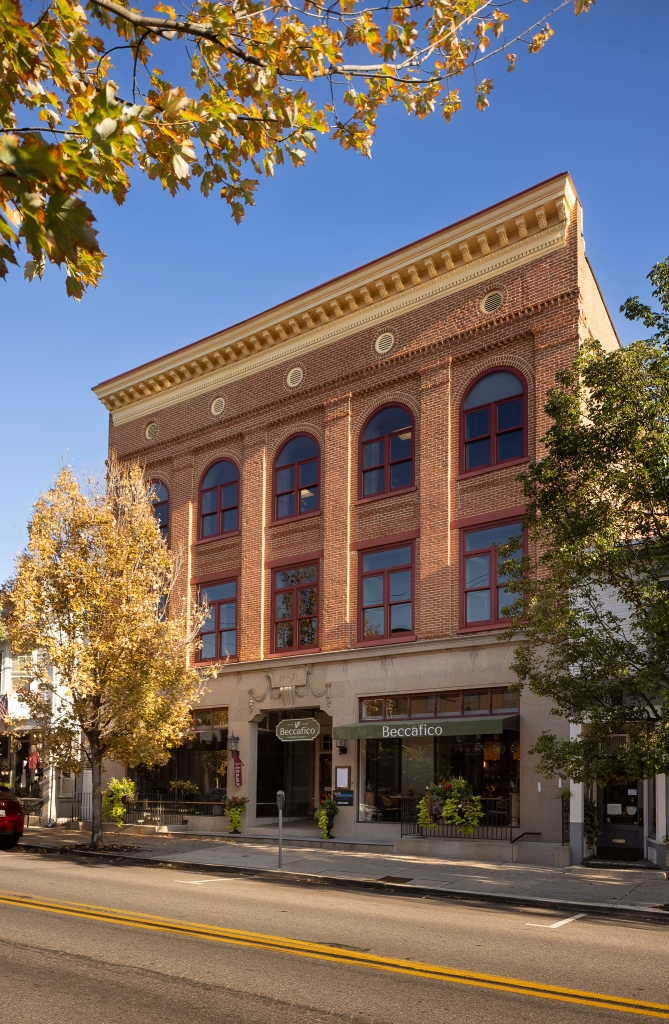Community Interest
A Day in the Life of LNP Journalist Dan Nephin
In partnership with Fig, 'A Day in the Life' is an ongoing series about the importance of local news and how it gets made, written by LNP | LancasterOnline.
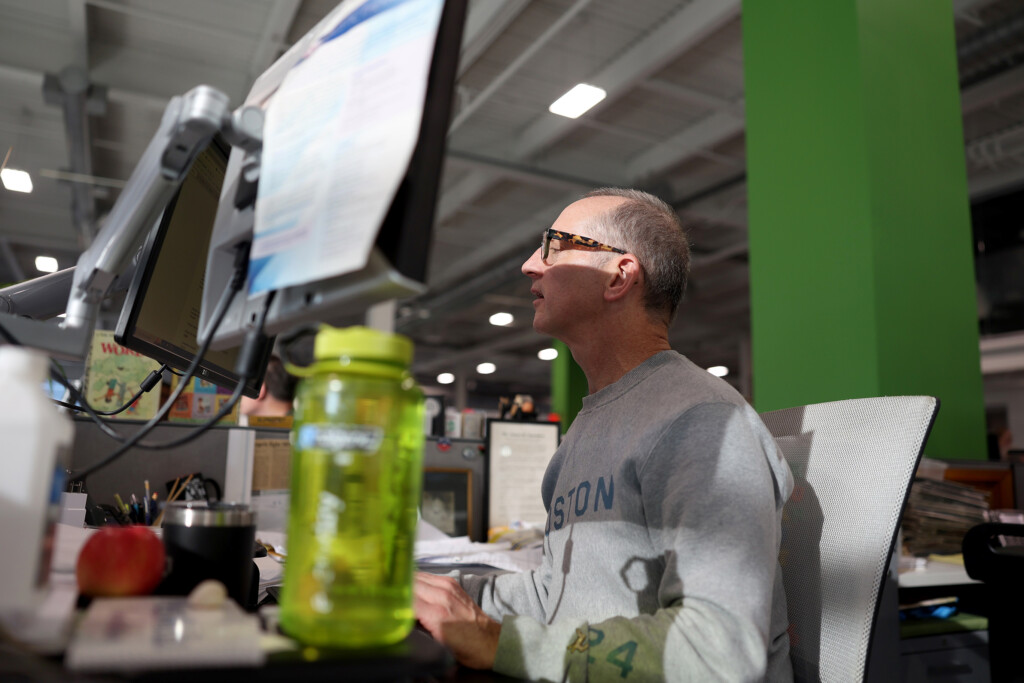
The internet, unregulated social media, and the rise of artificial intelligence (AI) have knocked local journalism off its foundation. Since the mid-2000s, more than 2,500 newspapers have stopped publishing and employment at U.S. newspapers has declined more than 50 percent. Many remaining newspapers are now owned by public companies or hedge funds without regard to the communities they purportedly serve.
But not here, not in Lancaster. In Lancaster, we are incredibly fortunate to still have a locally-owned news organization with people like Dan Nephin, a breaking news reporter at LNP | LancasterOnline.
In this story, Dan gives a peek into ‘A Day in the Life’ on his beat. This is the second in a four-part series on how your local news gets made and how important it is for this community to support local news.
Meet Dan Nephin
Breaking News Reporter | dnephin@lnpnews.com
I did most of my growing up in Lancaster. My family moved here when I was almost 8. I went to St. Mary’s for third and fourth grades, then to Lampeter Strasburg.
After graduating in 1986, I went to Temple University for a journalism degree, with an eye toward big cities and foreign correspondencies—that was my goal.
To chart that course, I worked at small suburban Philly papers and in Harrisburg for a year. In 2001, The Associated Press hired me—a dream job.
But through downsizing, I was laid off. In talking to my dad, who had moved back to the Lancaster area in retirement, I learned the newspaper here was hiring; I applied and was hired in 2011.
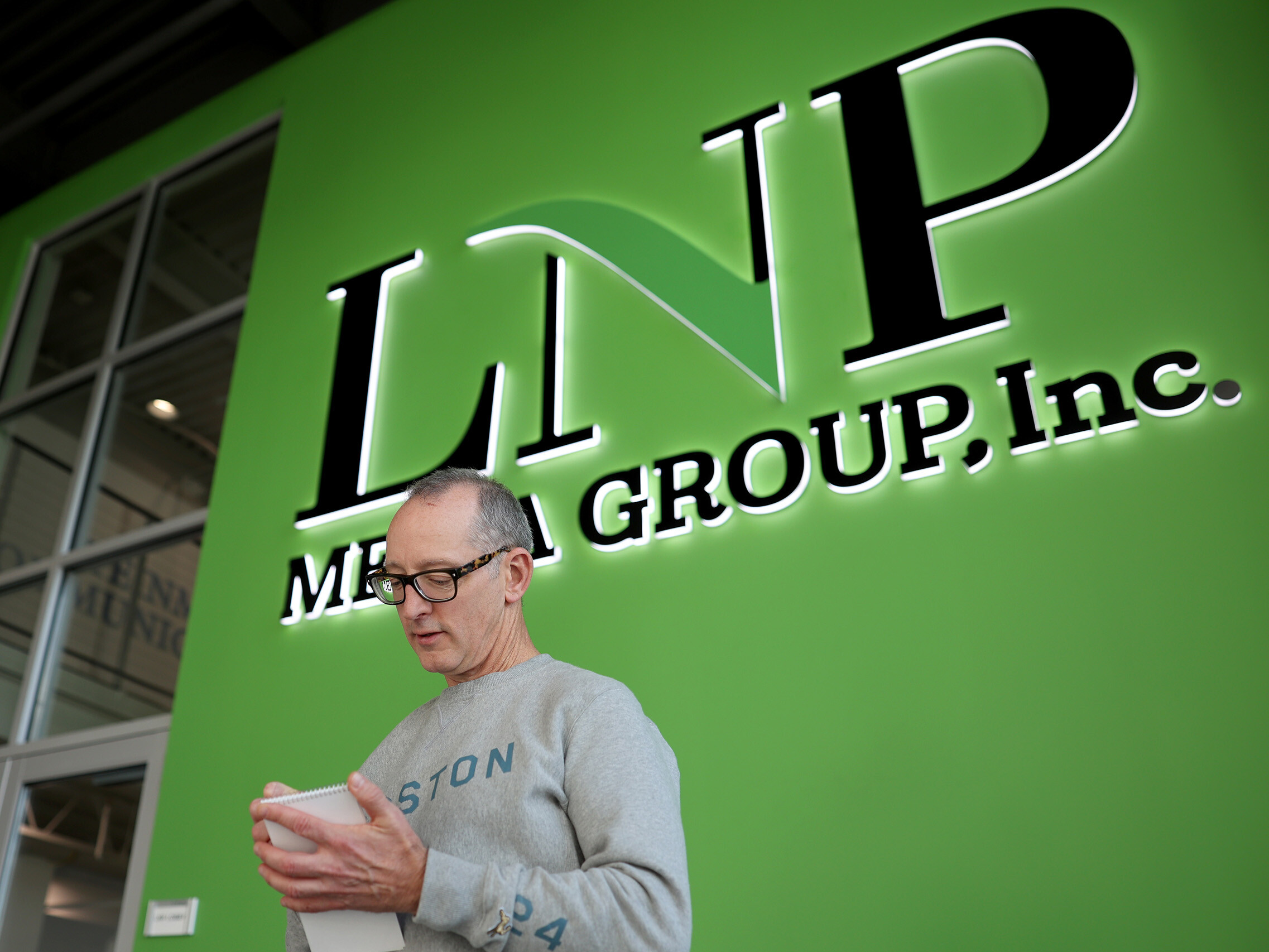
I didn’t come “back” so much as arrived in a place that was both new and the same, but a “same” that I hadn’t fully appreciated in my early years.
I’ve made wonderful friends here, have had great experiences, and am still learning about all the facets of Lancaster County. I’ve had former teachers and school staff contact me, remembering me and giving words of appreciation, which mean a lot.
As a reporter, I’ve had the privilege, and at times experienced the sadness, of writing about people I am connected to. Because of my breaking news beat, I’m frequently writing about people in bad situations.
Even when I don’t know who I’m writing about, I know they—or who they are involved with—are community members.
Community and a sense of place are what I value in Lancaster and are what make my work as a reporter so meaningful.
A Day in the Life
Here’s a look at my day as a reporter for LNP | LancasterOnline, on Oct. 18, 2024.
5:40 a.m.: Arise to run. I’m a big runner. It helps me deal with stress and keeps me healthy. Today, I put in just under eight miles.
7:10 a.m.: My run ends at Lancaster Central Market. It’s one of my favorite places, and I swing in today for some spices. I only have a few dollars on me, but Hollie’s goodies at the Goodie Shoppe are too good to pass up. I ask if she can set a couple things aside and tell her I’ll return.
8:30 a.m.: Clock in. I’ve got several stories in the works and plan to work on one of them that’s been kicking around a while.
9:14 a.m.: I message my two editors my intent, telling them I have no spot stories and plan to get a draft of my priority story in.
9:20 a.m.: My boss responds: “Sliding into the weekend like a warm bath.” (This will become ironic.)
9:30(ish) a.m.: My colleague, Jack Panyard, is working on a story about three people charged with killing a man who had been missing since April. His body was found in August. Given my beat, and that this has the makings of a big story, I am asked to help.
10:05 a.m.: I read Jack’s draft. The details of the case are horrific. I give him a couple suggestions, and he gets the early version out online. That is what we do: report the facts, post online, do more research, and add updates as they are verified. Given the complexity of what the police spell out in court documents (one of the lengthiest I’ve seen in my 30 years as a reporter), I know I won’t be sliding into a warm bath today.
Jack updates the story online, and we begin working on what will be the final online and print versions. We try to track down the victim’s family. I find his mother on Facebook and message her. Through the day, we communicate. I tell her I want to show her son as someone more than a murder victim, and I truly mean this. Life should have dignity, and I want to tell his story. Ultimately, the mother is too upset to talk this day. We agree to connect another day.
We also try to reach family members of the three who are charged or see if they have attorneys. We try to find people who know them on social media. We pore over the charging documents and available public records to try to get a sense of what happened and who was involved. What is their version?
Lunchtime (well past noon): I fret that we aren’t getting the call-backs I want, but I’ve got to get my Market items, and I need to step away to collect my thoughts on an approach. My regular trips to Market are a joke with my editor Russ Walker. I say Market is “source development,” and it truly is—I have returned with tips and story ideas for me and other reporters.
1:30 p.m.: I get a callback that helps connect some dots. Progress.
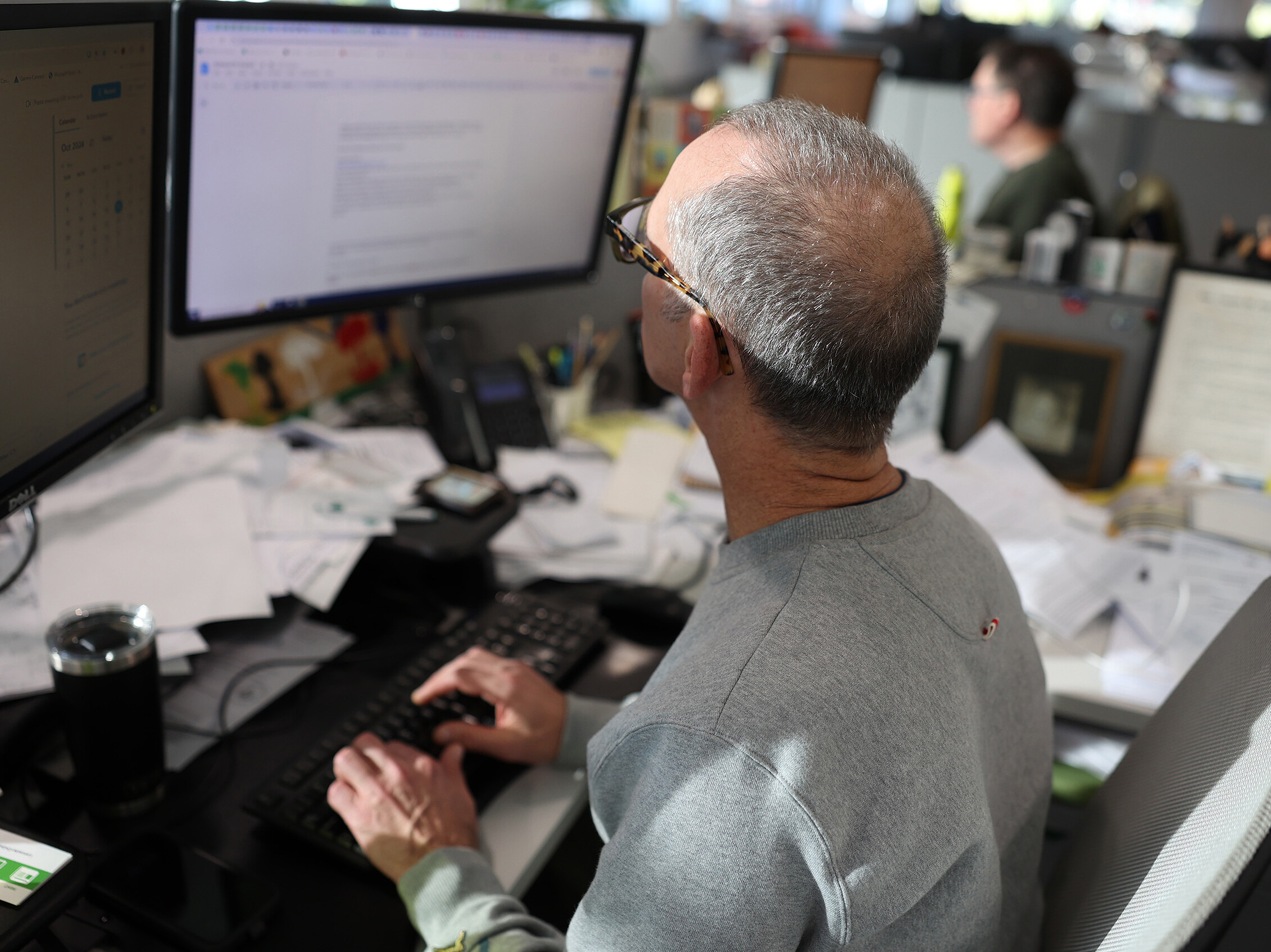
2:01 p.m.: I share an idea for a lede—that’s journalism jargon for the beginning of a story—with Jack and my editors, along with several paragraphs that I think will tell the facts of what we know about the killing in a compelling and compassionate way.
4:00 p.m.: Turn in the story to my editor Michael Long, combining what Jack and I have been able to find out.
5:00 p.m.: Post the updated story. I shift gears and check the status of various important cases to make sure I am not missing anything so I can plan for next week. And make plans to get to that other story I had meant to work on as the day started.
6:00 p.m.: Some co-workers and I meet my partner at the Lancaster Public Library for the Librewery fundraiser. Though the workday has officially ended, the story I worked on all day is a topic of conversation amongst us and with a person I run into there. I point them to LancasterOnline to read the facts about the case: lanc.news/whisman.
Support Local News
When communities lose their local news media, they lose the work of reporters like Dan Nephin. Communities without local news media are negatively impacted in quantifiable ways: municipal borrowing costs increase, civic engagement diminishes, fewer people run for public office, and polarization increases.
Local news media maintains core community connections, it informs and educates, it gives voice to all, it promotes the local economy, and it keeps government and elected officials accountable at every level. Effective local media has the power to connect and unify rather than divide and polarize. It is a critical ingredient in creating and sustaining democracy itself.
For this reason, please support LNP | LancasterOnline by subscribing or donating at supportlocal.news. We’re counting on you, because you count on us.
Want to discover more local? Follow Fig on Facebook and Instagram for inspiration.
